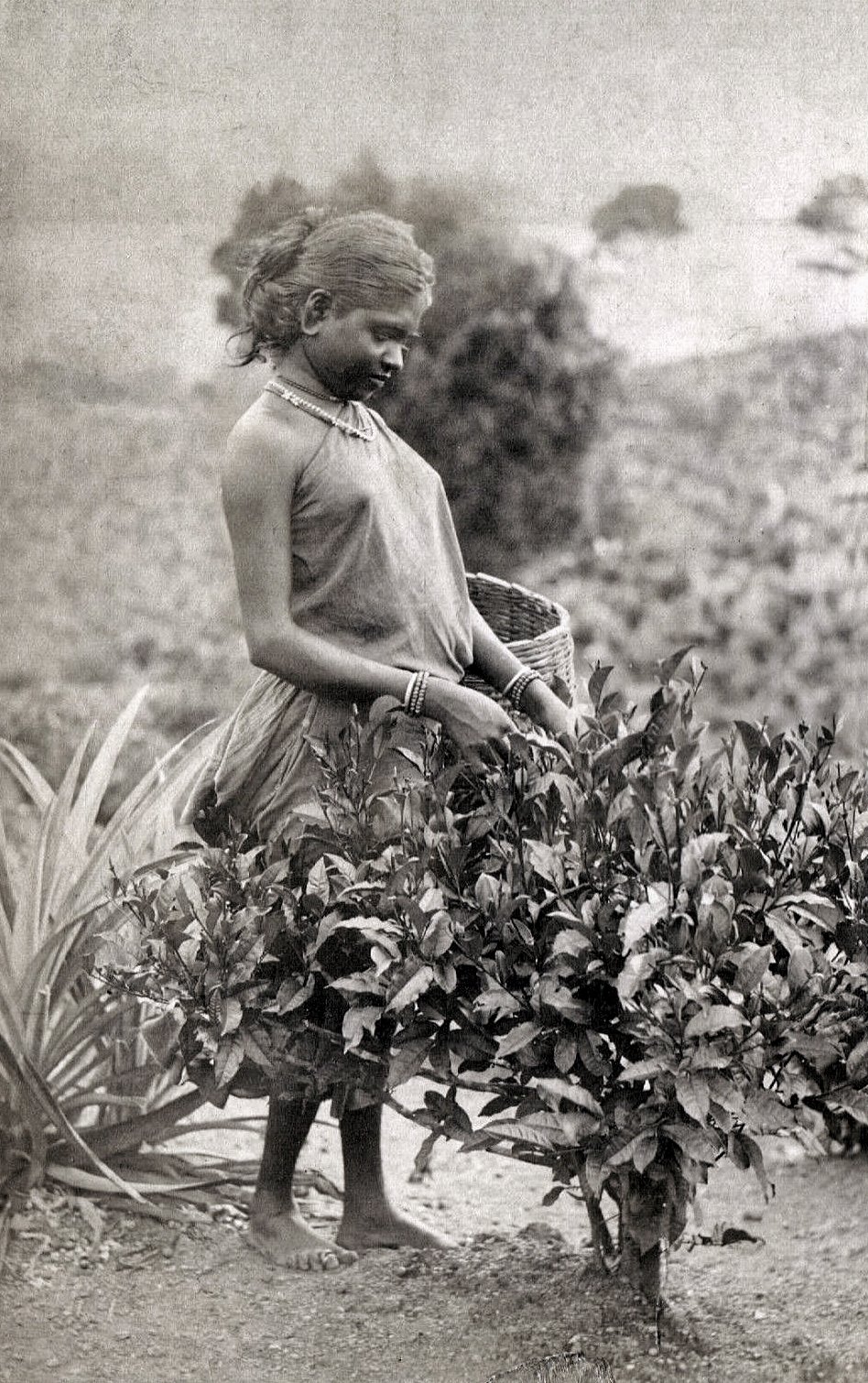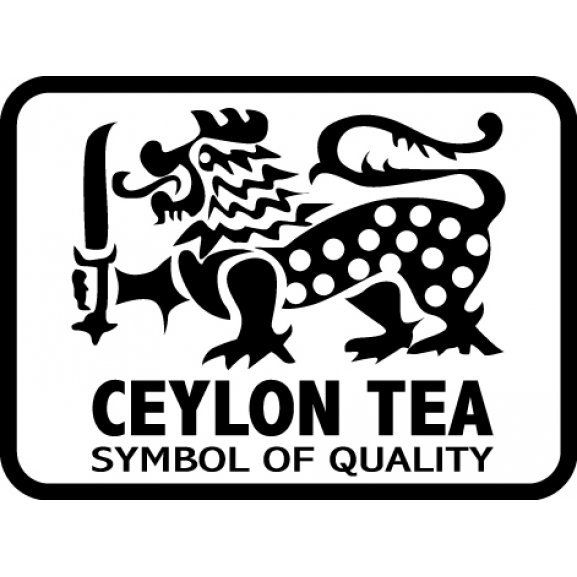
James Taylor was a Scottish tea planter who introduced tea to British Ceylon. Here he worked with Scottish merchant Thomas Lipton to develop the tea industry in British Ceylon.
James Taylor is the pioneer of Ceylon Tea. Arriving in Ceylon in 1852 as a 17-year-old, he was billeted at Loolecondera Estate in Galaha, a coffee plantation in the Kandy District. With the onset of the coffee rust disease, Taylor visited India in 1866 to learn about growing tea. Upon his return, Taylor planted a 21-acre plot of tea on Loolecondera in 1867 – Field No 7. It was fortuitous timing as the coffee plantations were all but decimated within a couple of years. Taylor’s initiative enabled a new industry to hastily replace an old one which had been brought to its knees. It breathed new life into the perilous situation that investors, owners and planters had found themselves in.
In 1873, a small package of 23 pounds was exported from Sri Lanka, formally known as Ceylon, to the United Kingdom. In 1886, the quantity had increased to nine million pounds and the estimate for 1890 was forty million. Sri Lanka emerged as the world’s largest tea exporter in 1990, with production increasing after the re-privatization of plantation management. Sri Lanka’s tea production is around 300 million kilograms, with a share of around 22 percent of world tea exports. So too did the glowing reputation of Ceylon Tea, as the industry continued to expand heavily, moving into the 20th century.

Ceylon Tamil Girl Plucking a Tea Bush (1880’s).
Tea production in Sri Lanka. Sri Lanka (formerly called Ceylon) has a climate and varied elevation that allows for the production of both Camellia sinensis var. assamica and Camellia sinensis var. sinensis, with the assamica varietal holding the majority of production. Tea (Camellia Sinensis) came to be a principal crop in Sri Lanka in the early 1870s’. Prior to 1870s Sri Lanka’s main crop was coffee and no planter showed much interest in tea.
Sri Lanka is the world's fourth-largest producer of tea. In 1995, it was the world's leading exporter of tea, with 23% of the total world export, and Sri Lanka ranked second on tea export earnings in 2020 after China. The highest production of 340 million kg was recorded in 2013, while the production in 2014 was slightly reduced to 338 million kg.
The humidity, cool temperatures, and rainfall of the country's central highlands provide a climate that favors the production of high-quality tea. On the other hand, tea produced in low-elevation areas such as Matara, Galle, and Ratanapura districts with high rainfall and warm temperature has a high level of astringent properties. The tea biomass production itself is higher in low-elevation areas. Such tea is popular in the Middle East. Sri Lanka produces mostly orthodox black teas but also produces CTC, white and green teas. The two types of green tea produced are the gunpowder type and sencha. Tea planting under smallholder conditions has become popular in the 1970s. Most of Sri Lanka's export market is in the Middle East and Europe but there are also plenty of bidders worldwide for its specialty high-country-grown Nuwara Eliya teas.

Ceylon Tamil Girl Plucking a Tea Bush (1880’s).

Ceylon Tea Lion Logo which appears on Ceylon tea packs denotes not only the country of origin but also the quality of Ceylon Tea. Sri Lanka Tea Board is the legitimate owner of the Ceylon Tea Lion logo which has been registered in many countries in the world. The usage of Lion Logo is subject to the following conditions: The Lion Logo can be used only on consumer packs of Ceylon tea; The packs should contain 100% pure Ceylon tea; The brands which use the Lion Logo should be packed in Sri Lanka. Overseas Importers/packers are not allowed to use the Lion Logo on their tea packs even if the packs contain pure Ceylon Tea; The brands which use the Lion Logo should conform to the quality standards set out by the Sri Lanka Tea Board. When you next buy your tea look for the Lion Logo on the pack which is your guarantee for quality pure Ceylon tea.



